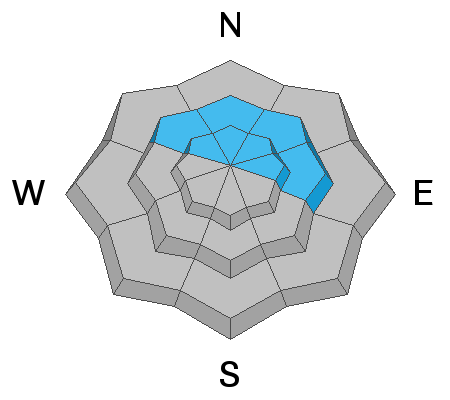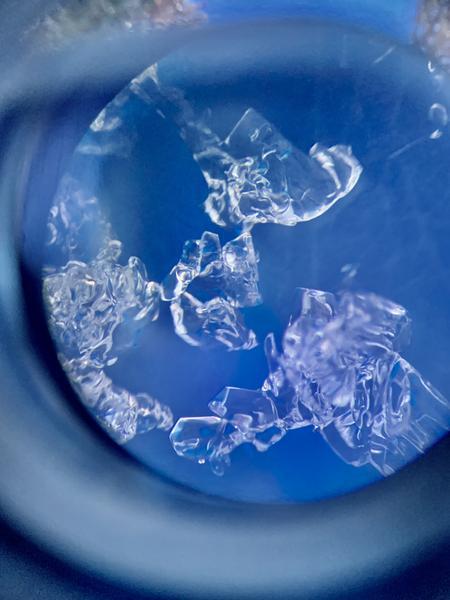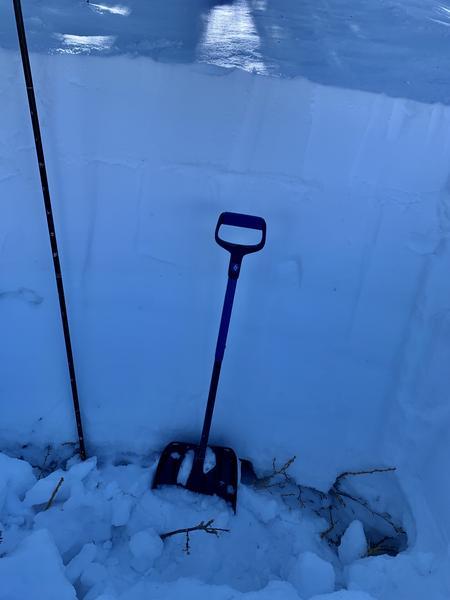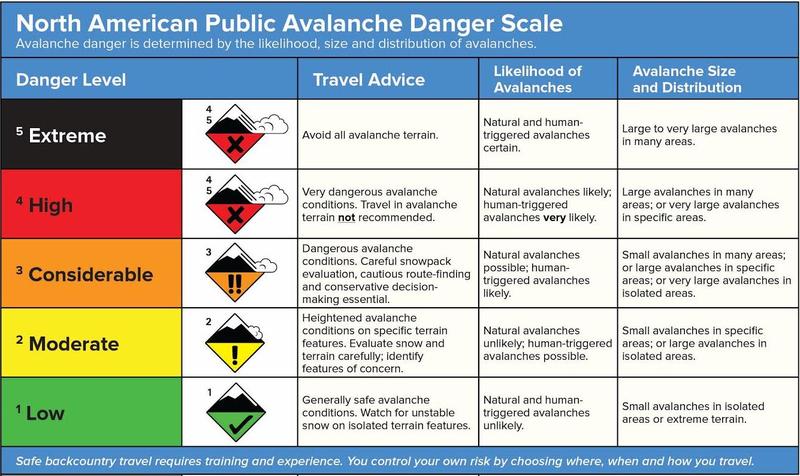Forecast for the Ogden Area Mountains

Issued by Nikki Champion on
Wednesday morning, January 12, 2022
Wednesday morning, January 12, 2022
The avalanche danger is MODERATE on mid and upper elevation aspects facing northwest to north and east where it is possible to trigger a large and dangerous avalanche that may break down 2-5' deep and up to hundreds of feet wide.
Although all other aspects have a LOW danger, as the day heats up watch for small wet-loose avalanches in steep southerly-facing terrain and have an exit plan that allows you to quickly respond to wet snow activity.
Travel Advice: Careful snowpack evaluation, cautious route-finding, and conservative decision-making skills are still required today.
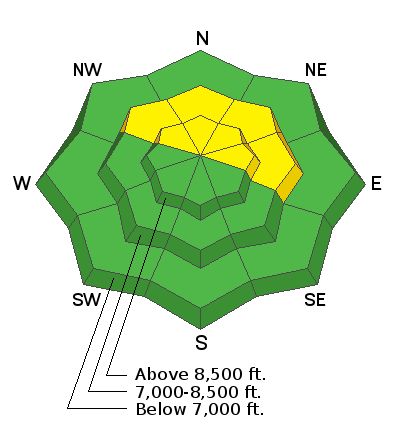
Low
Moderate
Considerable
High
Extreme
Learn how to read the forecast here




